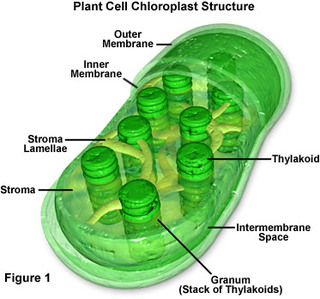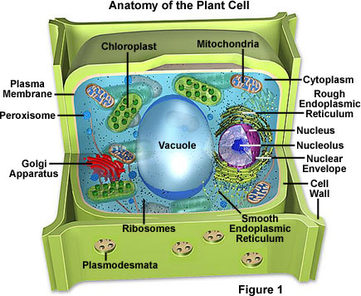Chloroplasts!

Chloroplast are organelles that contain chlorophyll that trap sunlight for energy. Chloroplast contains large amounts of green pigment that gives leaves their green color. A chloroplast had two membranes and inner and outer membrane that which contain DNA. In each chloroplast is a membranous sac called thylakoid. Inside the thylakoid is where photosynthesis takes place and the energy is converted. Photosynthesis is the process in which plants convert energy from sunlight into chemical energy for food. Only plant cells contain chloroplast, meaning only animal cells can make their own food, meaning only plants contain chloroplast.
http://micro.magnet.fsu.edu/cells/chloroplasts/images/chloroplastsfigure1.jpg
http://newsroom.stemcells.wisc.edu/stemcells/images/media/Zhang_neural_stem_cells04.jpg
http://micro.magnet.fsu.edu/cells/chloroplasts/images/chloroplastsfigure1.jpg
http://newsroom.stemcells.wisc.edu/stemcells/images/media/Zhang_neural_stem_cells04.jpg
Cell Wall!

Like a cell membrane the cell wall helps to protect the cell from harmful forces. But even though plants have a cell membrane and cell wall animal plants only contain a cell membrane. The cell wall is made of non-living material called cellulose and lies outside of the cell membrane. The cellulose is in long chains that is embedded in proteins and other carbohydrates that harden the entire structure. Pores on the cell wall surface allow ions and molecules to enter and exit the cell. There are two types of cell walls, primary and secondary. While the plant cell is being formed, a primary cell wall develops just outside of the cell membrane. Once the cell begins to expand in length, cellulose and other molecules are added, enlarging the cell wall. When it hits full size a secondary cell wall may develop. The secondary cell wall develops between the primary cell wall and the cell membrane and is tough and woody. Once it is completed a plant cell can no longer grow any further.
http://micro.magnet.fsu.edu/cells/plants/images/plantcell.jpg
http://micro.magnet.fsu.edu/cells/plants/images/plantcell.jpg
